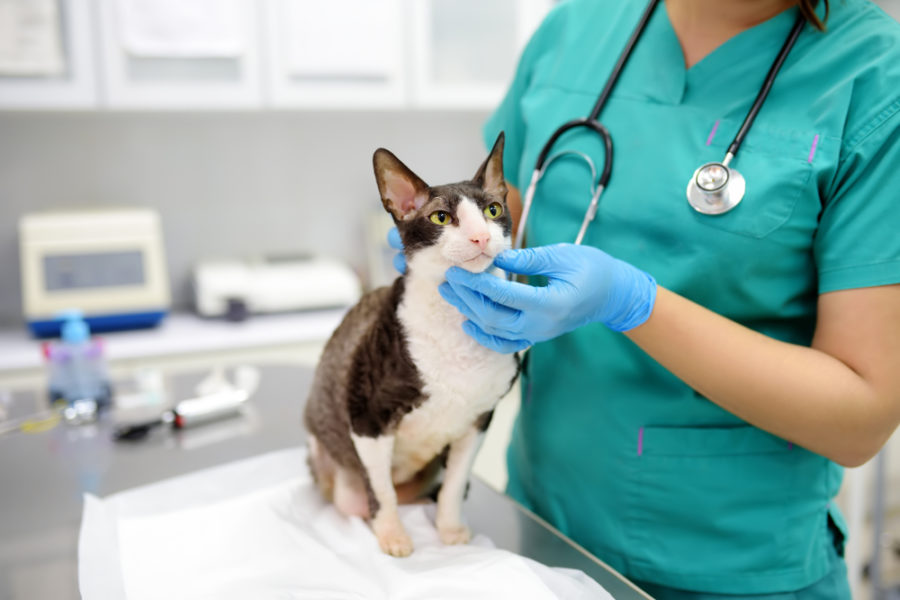Zoonotic infections pose significant challenges to both human and animal health, and recent studies have highlighted the role of yeast species in these dynamics. This blog post discusses a recent study that investigated the mycobiota present in feline facial hair and human nails, aiming to explore potential interspecies associations.
Study Overview
In this study, researchers analyzed a total of 118 biological specimens, comprising 59 samples of feline facial hair and 59 samples of human nails. DNA extraction and sequencing techniques were employed to identify the specific yeast species present in these samples. The goal was to assess the diversity of yeast species found in both cats and their human companions, thereby shedding light on potential zoonotic transmission pathways.
Predominant Yeast Species Identified
The findings revealed that the yeast mycobiota in both species was diverse, with Malassezia pachydermatis identified as the most prevalent species in cats (45.8%). Conversely, Malassezia furfur was the predominant species found in humans (30.5%). These results indicate that both cats and humans share yeast species, which raises questions about the potential for cross-contamination and transmission between species in shared environments.
Lack of Significant Correlation
Interestingly, the study found no significant correlation between the yeast species present in cats and those found in their owners living in the same household (p > 0.05). This suggests that while both species harbor similar yeast, they may not necessarily share the same strains or that other factors contribute to the presence of these yeasts in individual hosts. This finding emphasizes the complexity of interspecies relationships and the need for further research to understand these dynamics fully.
Antifungal Susceptibility Testing
In addition to identifying yeast species, the study also conducted antifungal susceptibility testing on the most common isolates. The results showed that miconazole had the highest minimum inhibitory concentrations (MICs) against both Malassezia pachydermatis and Malassezia furfur in both cats and humans. Conversely, terbinafine exhibited the lowest MICs against these yeasts. This information is vital for veterinarians when selecting appropriate antifungal treatments for affected cats and their human owners.
Prevention of Yeast infection in Cats
When naturally occurring yeast become overgrown, they cause infections. Veterinarians can advise cat owners to provide a high-quality, balanced diet rich in omega fatty acids to support skin health and immune function. Consider incorporating probiotics into your cat patients diet as well to promote a healthy gut microbiome, which can help prevent yeast overgrowth.
Integrative Treatment for Feline Yeast Infection
Topical Treatments
- Antifungal Shampoos: Medicated shampoos containing antifungal ingredients can be applied. These shampoos can reduce yeast load on the skin.
- Topical Antifungal Creams: Antifungal creams can also be applied to the affected areas.
Systemic Treatments
- Oral Antifungals: If the infection is severe or recurrent, veterinarians may prescribe oral antifungal medications.
Supportive Care
- Skin Moisturizers: Pet-safe moisturizers can be used to maintain skin hydration and integrity.
- Omega Fatty Acid Supplements: Administer supplements to support overall skin health.
- Coconut oil has antifungal properties.
- Diluted apple cider vinegar can help restore skin pH.
- Colloidal silver and essential oils have antifungal effects.
Ongoing Monitoring
Cat owners should be advised to follow up with the veterinarian to monitor the effectiveness of the treatment and make adjustments as necessary. They should be asked to keep an eye on their cats skin condition and behavior, reporting any concerns to the vet promptly.
Owner Education
Cat owners should be educated about the signs of yeast infections and the importance of maintaining hygiene and a stress-free environment.
While more studies are needed to establish the zoonotic importance of the presence of different yeast species in cats, an effort should be made to keep yeast infections at bay by employing effective preventive and treatment protocols.







